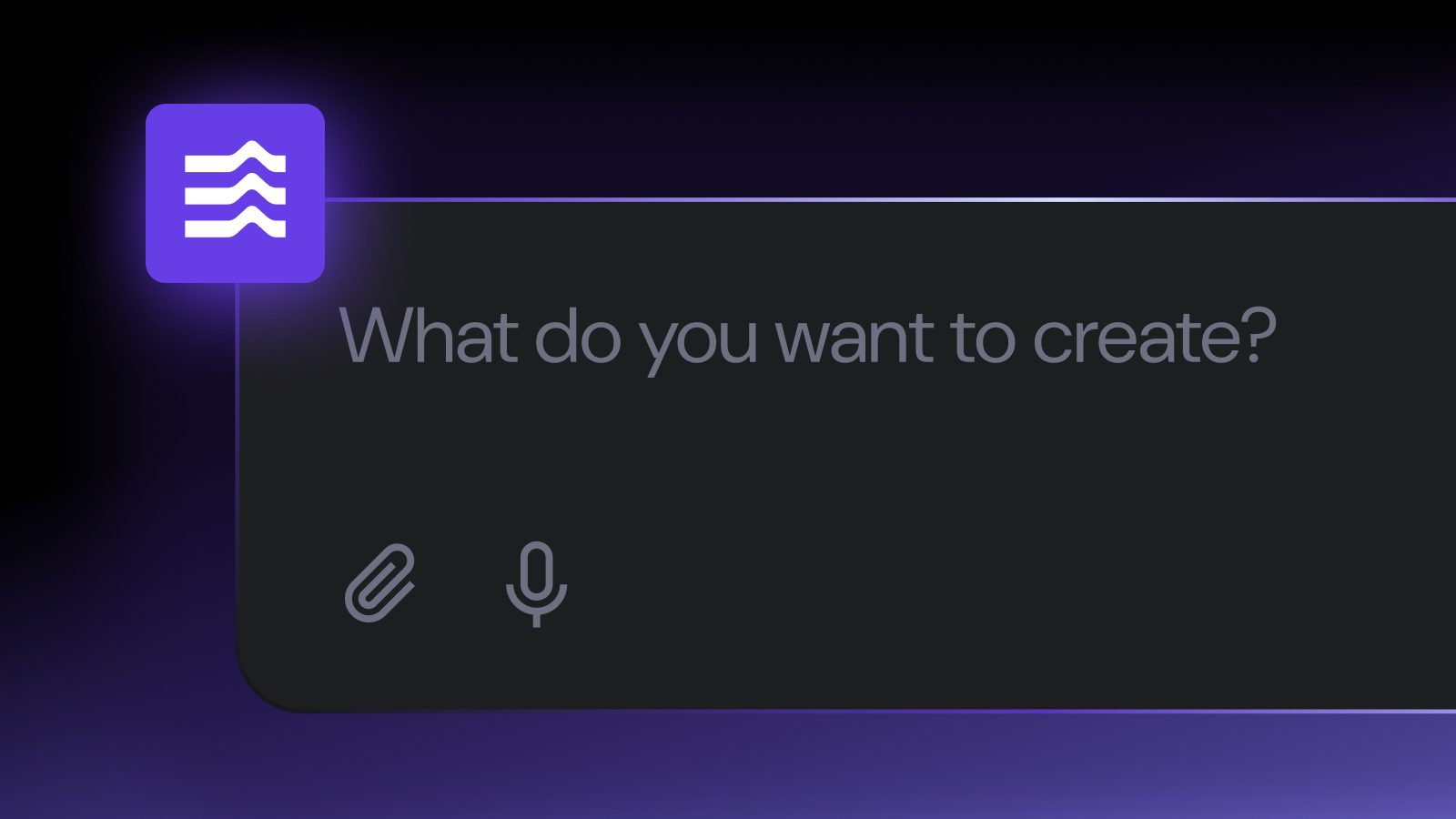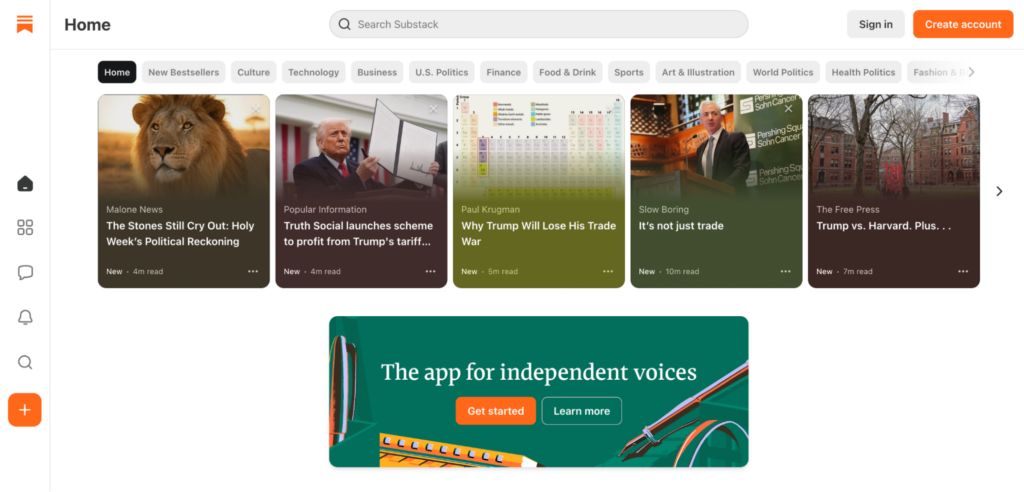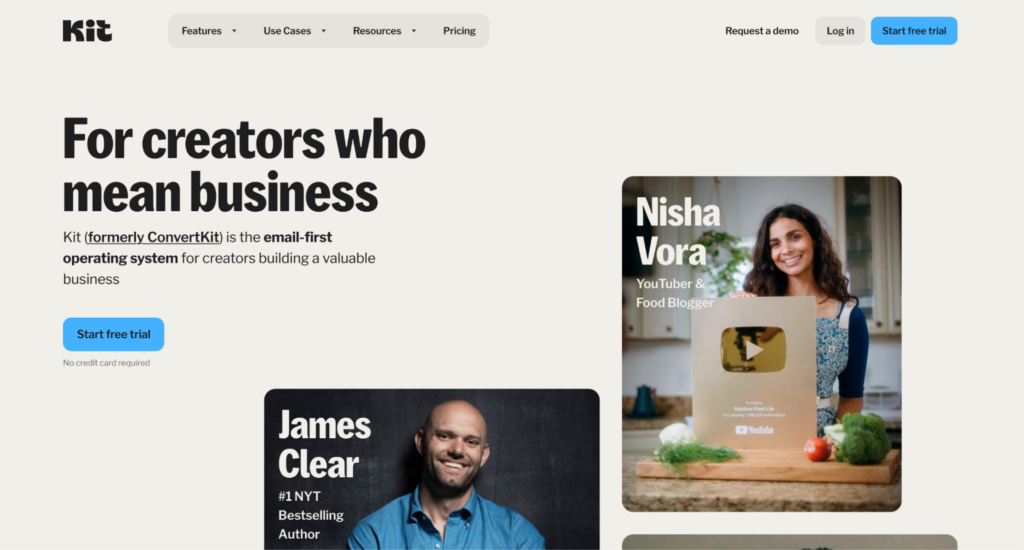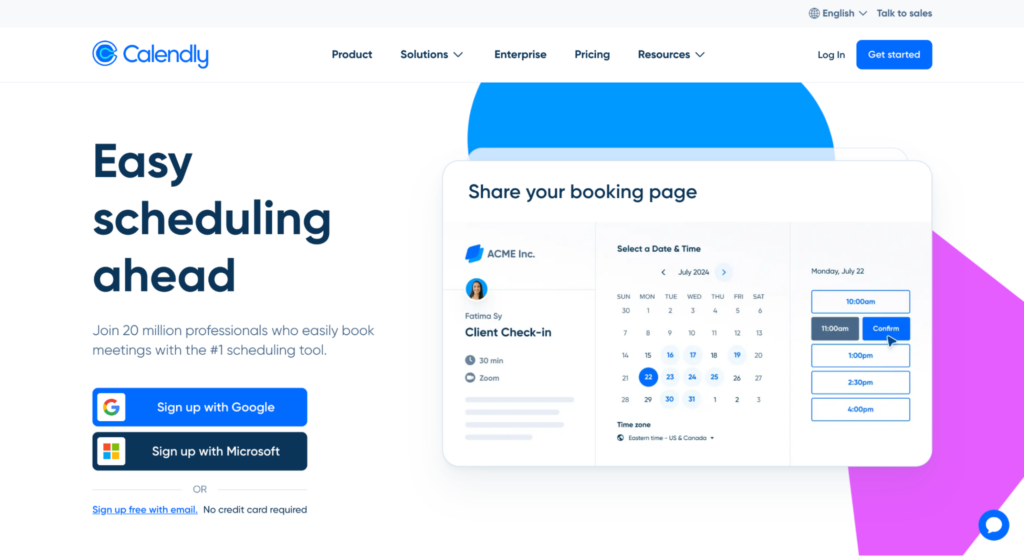What is micro SaaS and how to build one?

Imagine a small, online appointment scheduler designed specifically for local beauty salons. This is a perfect example of a micro SaaS business – a product focused on solving a specific problem for a niche market.
Unlike traditional SaaS, which targets broad audiences, micro SaaS zooms in on smaller segments with unique pain points.
This approach has become a go-to for solopreneurs, startups, and indie hackers looking to build sustainable businesses with low overhead and fast growth potential.
With the right strategy, making money with micro SaaS isn’t just a dream – it can mean real business. In this article, we’ll break down what micro SaaS really is and walk you through the actionable steps to launch your own successful venture.
What are the characteristics of a micro SaaS business?
Micro SaaS businesses share several key traits that distinguish them from traditional SaaS, such as:
- Niche focus. Targets a small, specific segment or niche within a broader market.
- Specific problem solved. Designed to address a distinct, well-defined pain point.
- Lean operation. Usually run by one or a few people, keeping operations simple and cost-effective.
- Bootstrapped or minimal funding. Often self-funded, avoiding large venture capital investments.
- Focused feature set. Prioritizes essential functionality over a feature-packed product.
- Recurring revenue model. Typically follows a subscription-based model for steady, predictable income.
What is the difference between micro SaaS and regular SaaS?
The primary difference between micro SaaS and traditional SaaS is the scale and target audience.
Regular SaaS products are typically designed to address broad problems for a large number of users and across various industries, while micro SaaS focuses on very specific problems faced by a niche market.
Micro SaaS businesses also tend to have smaller, more agile teams and often operate on lean budgets, making them easier to start and maintain.
For a deeper dive into the traditional SaaS model, check out our guide on what is SaaS.
How to build a micro SaaS?
To build a successful micro SaaS, follow these key steps to turn your idea into a profitable business:
Step 1. Find your micro SaaS niche
Start by identifying a specific problem in an underserved market. The goal is to find a pain point where a tailored SaaS product can make a real impact.
Here’s how to get started:
- Look for niche needs in industries that aren’t currently being solved by anyone. For example, a project management tool for creative teams that need specific workflows and visual tools, or an invoicing app for freelancers in creative industries that integrates with design tools like Adobe.
- Conduct market research by browsing industry forums, social media groups, or conducting surveys. This gives you real feedback on where to focus your efforts. For instance, small boutique ecommerce shops might often struggle with inventory management – an app to simplify this process could be hugely popular.
- Consider vertical markets such as local fitness trainers who need a streamlined client booking system or specialized CRM tools for consultants who don’t want the bloat of larger systems.
By focusing on a well-defined problem, you ensure your product solves a real need in a market that isn’t oversaturated with options.
Step 2. Check the competition for your micro SaaS product
Now that you’ve identified your niche, it’s time to take a closer look at your competitors.
Start by searching for products similar to yours and evaluate them in detail. Break it down like this:
- Check their features. List out the key features they offer. What are they missing? What’s something you could do better or differently?
- Evaluate their pricing. Look at their pricing plans. Are they too high, too low, or just right for the target market? Consider how you can position your product competitively.
- Read customer reviews. Check out reviews on their website, third-party platforms, or forums. What are the users complaining about? What do they love? This will give you insight into areas for improvement.
- Find gaps. Identify features or needs your competitors aren’t addressing fully. This is where you can step in and offer something better or unique.
Tools like SEMrush and Ahrefs can help you analyze competitor keywords, backlinks, and traffic. Take note of what’s working for them, and think about how you can make your product stand out.
Step 3. Choose the best micro SaaS builder
Now it’s time to select a platform for building your micro SaaS product.
No-code app makers like Hostinger Horizons make it easy for anyone to develop a micro SaaS without deep programming knowledge, which is especially helpful for solo founders and small teams.
Here’s what you should consider:
- Learning curve. Vibe coding platforms like Hostinger Horizons make it easy to launch your SaaS product quickly with no-code tools, so you can get to market faster without a steep learning curve.
- Cost-effectiveness. No-code platforms are budget-friendly, eliminating the need for expensive development resources and allowing you to focus on growing your product.
- Integrations. Choose platforms that support essential integrations, such as database connections, subscription billing, user authentication, and payment processing – key features that every SaaS business needs to run smoothly.
With Hostinger Horizons, you can quickly build and scale your micro SaaS without the need for a team of developers, making it an ideal option for solopreneurs.

Step 4. Create your micro SaaS MVP
Next, it’s time to develop a Minimum Viable Product (MVP). The MVP is a simplified version of your product that you can launch quickly to test its core functionality and gather feedback.
Create your micro SaaS MVP like this:
- Build with no-code tools like Hostinger Horizons to build a basic version of your micro SaaS product with essential features. This allows you to test your idea with real users without investing too much upfront.
- Develop the key features. Make sure your MVP solves the core problem of your target market. Add only essential features – leave out anything that can be added later based on user feedback.
- Test and iterate. After launching your MVP, collect feedback from early users, track how they interact with the product, and continuously improve based on their needs.
For a detailed guide, check out our micro SaaS development guide.
What are the essential elements of a micro SaaS product?
Make sure your micro SaaS ticks the boxes when it comes to these essential features:
✅ Security. Protect user data with encryption and secure protocols.
✅ Privacy. Comply with privacy regulations like GDPR or CCPA.
✅ Customizability. Offer customizable features to cater to your niche audience.
✅ Flexibility. Allow users to scale their usage or access advanced features.
✅ Customer support. Provide timely support through live chat or help centers.
✅ Quick adaptability. Be ready to iterate and pivot based on user feedback.
Top micro SaaS ideas for 2025, 2026, and beyond
Some of the most promising and up-and-coming micro SaaS ideas include:
- AI content creation tools
- Subscription management services for small businesses
- Customizable task management platforms
- Employee wellness tracking software
- AI marketing automation tools
- Remote team-building platforms
- Influencer marketing platforms
- Ecommerce product recommendation engines
For a more comprehensive list, read our full article on micro SaaS ideas.
What are popular micro SaaS niches?
Some popular niches for micro SaaS include:
- Marketing automation. Tools that automate and optimize marketing tasks, including email campaigns, social media scheduling, and customer engagement.
- Analytics tools. Software that helps businesses track and analyze data, such as website traffic, user behavior, and sales performance.
- Education SaaS. Platforms that provide tools for teachers, tutors, and educational organizations to create, manage, and deliver content.
- Collaboration platforms. Tools that help teams communicate, collaborate, and manage projects remotely.
- Customer relationship management (CRM) for niche industries. CRMs tailored to specific industries like real estate, fitness, or healthcare, including purpose-built features for the niche.
- Employee training and development platforms. Micro SaaS products that help businesses manage employee onboarding, training, and skill development.
- Personal finance tools for small businesses. SaaS solutions designed to help small business owners manage their finances, track expenses, and generate reports.
- Local business management tools. Software focused on helping local service providers (like salons, gyms, or repair services) manage bookings, payments, and customer communication in one place.
These niches are in demand and offer opportunities for solopreneurs and small teams to create successful products with manageable complexity.
How can I validate a micro SaaS idea before starting development?
Validating your idea is crucial because it helps ensure you’re addressing a real need before investing time and resources into development. By confirming that there’s demand for your product, you reduce the risk of building something that doesn’t resonate with your target audience.
Here are some practical ways to validate your idea:
- Market research. Analyze trends, engage in online communities, and research platforms like Substack, Threads, Blue Sky, and Reddit to understand demand.
- Prototype feedback. Share a prototype with users for early feedback on features and usability.
- Pre-sales. Offer a pre-sale or early access to secure initial customers.
- Landing page. Create a sign-up page to measure interest in your product.
- Social media polls and groups. Use polls or questions on platforms like Facebook or Twitter to explore audience pain points.
- Customer interviews. Talk directly to potential users to gain deeper insights.
- Competitor research. Analyze competitors to find gaps and opportunities.
- Beta testing. Conduct beta tests for real-world feedback on performance.
How to make money with micro SaaS?
Monetizing your micro SaaS business can be achieved in several ways, depending on your product’s value proposition and the needs of your target audience. Some of the most popular methods to generate revenue include:
- Subscription-based model. Charge customers a recurring fee (monthly or yearly) for ongoing access to your service. This is ideal for software that provides consistent value, such as project management tools or email automation platforms.
- Affiliate marketing. Partner with other businesses or platforms to promote their products and earn a commission. For example, refer customers to tools that integrate with your SaaS and earn a cut of the sales.
- White labeling. Allow other businesses to rebrand and sell your product under their own brand name. This model extends your reach and generates income through licensing fees or revenue shares.
- Freemium model. Offer a free version with limited features, then charge users for access to premium features. This encourages users to try the product before committing, and you can convert them into paying customers once they see its value.
- Pay-per-use model. Charge customers based on how often they use your service. This works well for tools that provide value based on usage, such as API integrations, or tools with limited usage capacity (like a limited number of reports or data storage).
- Tiered pricing. Offer different pricing tiers based on features, usage limits, or customer needs. This allows customers to choose the plan that fits their needs and helps you maximize revenue from various user segments.
- Consulting or add-on services. Offer consulting, customization, or onboarding services to complement your micro SaaS product. This can be a one-time fee or an additional revenue stream, especially for businesses offering specialized solutions.
- Marketplace listing. List your micro SaaS product on software marketplaces (like WordPress or other industry-specific platforms) and earn revenue through exposure or a commission on sales generated from the marketplace.
What is a white-label micro SaaS?
A white-label micro SaaS is a business model in which other companies rebrand and sell your product as their own. In this model, you create the software, and other businesses (often larger companies or agencies) market and sell the software under their brand.
This approach can help expand your product’s reach without spending additional resources on marketing and sales.
How it works
In a white-label SaaS arrangement, the reseller typically purchases a license to your product and customizes it with their branding, including their logo, color scheme, and customer-facing materials. They can then sell the product to their customers as if it were their own creation.
Some businesses prefer buying ready-made software and customizing it rather than developing their own from scratch. This creates an opportunity for micro SaaS owners to sell their software to resellers or other businesses that may need a turnkey solution.
White labeling is a great option if you want to scale your micro SaaS quickly and reach markets you couldn’t otherwise access directly.
Resellers benefit by adding a valuable service to their portfolio without the effort of building the product themselves. For instance, an agency could purchase a white-label SaaS product related to customer relationship management (CRM) and sell it to clients as part of their own offering.
What are the best micro SaaS marketplaces?
If you’re looking to sell or buy a micro SaaS product, there are several online marketplaces where SaaS solutions are bought and sold. These platforms help you reach a larger audience and provide tools for managing transactions and partnerships.
Here are some of the best marketplaces for selling your micro SaaS:
- SaaS Marketplace. A comprehensive platform that hosts a wide range of SaaS products, from project management tools to marketing solutions. It operates on a revenue share model, which means you’ll split earnings with the platform. One key advantage of this marketplace is its extensive user base, which can significantly boost your product’s visibility.
- Flippa. Though traditionally known for buying and selling websites, Flippa is also a great marketplace for SaaS products. Sellers can list their businesses (including micro SaaS products) for sale, and buyers can bid on them. Flippa is a good platform if you’re looking to either acquire a profitable micro SaaS or sell your own business once it has grown.
- SaaS Invaders. This is another marketplace where you can buy and sell SaaS businesses. It caters specifically to buyers looking for SaaS products they can scale or white-label. The marketplace provides buyers with detailed business metrics, ensuring that both parties make informed decisions.
When choosing a marketplace, consider factors such as audience size, transaction fees, and the types of products listed. Each marketplace has its own strengths, so be sure to pick the one that best fits your business goals.
Profitable micro SaaS examples
Looking at real-world examples of successful micro SaaS businesses can help you understand how to apply the model and find inspiration for your own venture. Check out these profitable micro SaaS companies to see what’s working in the market:
Substack

Substack is a platform that allows writers and creators to easily create and monetize newsletters.
It has turned into a successful micro SaaS business by offering writers a simple way to reach their audience directly and earn money through paid subscriptions. With its easy-to-use interface and growing network of independent creators, Substack has become an example of how a niche SaaS product can scale quickly.
Kit

Kit, formerly known as ConverKit, is a powerful email marketing tool specifically designed for creators and bloggers.
Unlike other email marketing tools that serve large enterprises, Kit focuses on helping small businesses and content creators manage and grow their email lists. By targeting this niche and offering features tailored to the specific needs of creators, the app has grown into a profitable micro SaaS product.
Calendly

Calendly is a scheduling tool that has gained massive popularity due to its ability to help individuals and businesses manage meetings and appointments effortlessly.
This micro SaaS provides a streamlined solution for scheduling, eliminating the back-and-forth emails that are common with traditional scheduling methods. The company offers a free version and a premium subscription model, making it one of the successful examples of a micro SaaS in action.
Conclusion
Building a micro SaaS is all about solving a specific problem in a way that’s simple, scalable, and sustainable. By focusing on a niche market, you can provide a tailored solution that directly addresses your audience’s pain points – without competing with big players.
With the right tools, like Hostinger Horizons, you can quickly turn your idea into a profitable product. From streamlining workflows for small businesses to creating a tool that simplifies a specific task, the possibilities are endless.
So why not start building your micro SaaS today?